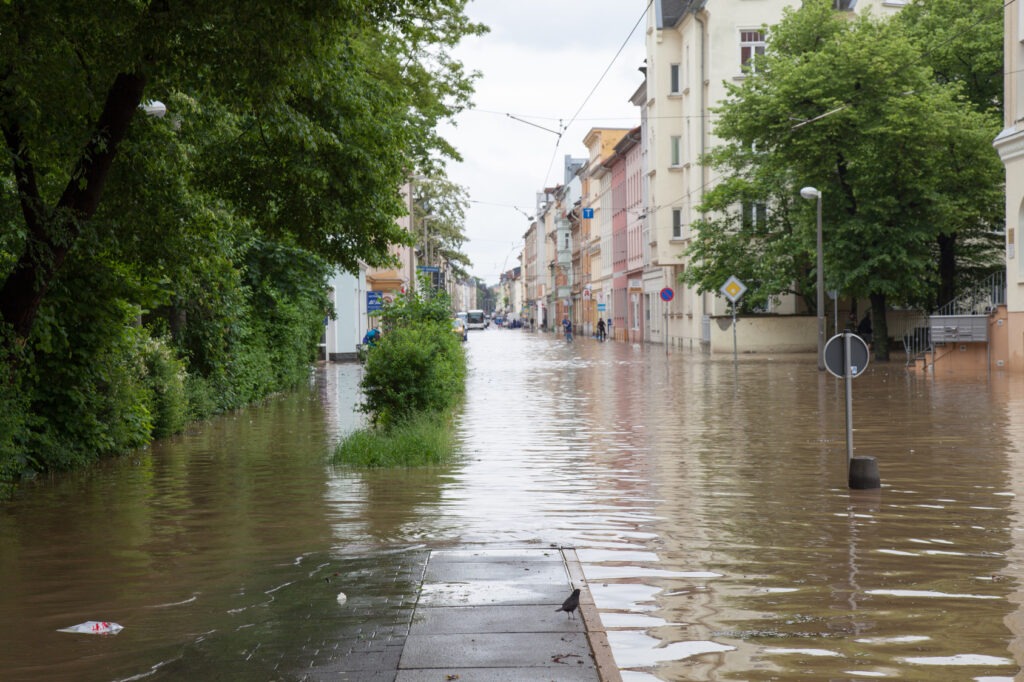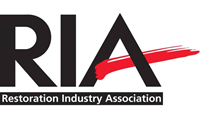
Colorado Water Damage and Flooding Statistics
The most common natural disaster that affects homes and businesses in Colorado is flooding. According to the First National Flood Risk Assessment (FNFRA), there are more than 131,300 properties in the state of Colorado that have a substantial risk of flooding and all 64 counties in the state have cities and towns that are considered flood prone.
Floods in Colorado are typically caused by storms and heavy rain, or snowmelt that runs down the mountains. While regular floods tend to develop slowly in Colorado, the state experiences more flash floods which can form in minutes and put those in the area in serious danger. Most flooding occurs in the Front Range, Western Slope, and South Central regions of Colorado and the Colorado River basin experiences major flooding every 15-20 years going back to the 1840s.

Dangers of Flash Flooding in Colorado
Flash floods are among the most dangerous and deadly severe weather events because of how quickly they form and spread. The moving water in a flash flood is often strong enough to carry people and vehicles. Flash flooding happens quite often in Colorado due to a combination of the terrain and weather conditions. The following are the most common causes of flash floods in Colorado:
- Wildfires: Colorado experiences wildfires that alter the landscape in a way that water can no longer get absorbed by the soil. This means that rain in areas affected by wildfire will run off quickly, possibly leading to flash floods.
- Drought: A long drought dries out and hardens the soil which makes it unable to absorb water, leading to runoff.
- Terrain: The changes in elevation and rugged terrain throughout the state can increase the risk of flash flooding.
- Snowmelt: When snowmelt from the mountains runs off, it can cause rivers and streams to overflow, leading to flash floods.
- Heavy rain: Heavy rain causes runoff that can lead to flash flooding, debris flow, and mudslides.
Residents of Colorado are urged to be prepared for the possibility of flash flooding and take the following steps when it occurs:
- Immediately move to higher ground
- Follow any evacuation orders
- Practice electrical safety
- Stay out of rooms where electrical outlets or cords are under flood water
- Do not walk or drive through flood water
- Do not go around barricades placed on the sidewalk or roads
There have been more than 530 documented deaths from flash flooding in Colorado since 1864. Knowing what to do when a flash flood occurs can save your life.
Flooding and water damage in Colorado can put you and your home at risk. If your property is affected by flooding or water damage, it is important to get in touch with local water damage restoration professionals right away so they can limit the spread of the water and restore the damage.
Colorado Fire Damage Statistics

When it comes to home and structure fires in Colorado, they tend to have lower death and injury rates compared to national averages. In 2022, Colorado experienced a rate of 1.1 deaths and 6.3 injuries per 1000 fires compared to national averages of 2.1 deaths and 6.4 injuries according to data from the NFIRS. For residential structural fires, the rate was 3.8 deaths and 25.3 injuries compared to national averages of 6.1 deaths and 19.8 injuries.
The following are the percentages of deaths that occurred for each type of fire incident in Colorado in 2022:
- Structure fires: 70% (national average: 74%)
- Residential structure fires: 60% (national average: 70%)
- Vehicles: 25% (national average: 21.6%)
- Outside: 5% (national average: 3.1%)
The following are the percentages of injuries that occurred for each type of fire incident:
- Structure fires: 85.6% (national average: 83.1%)
- Residential structure fires: 73% (national average: 74.6%)
- Vehicles: 6.3% (national average: 8.3%)
- Outside: 7.2% (national average: 5.7%)
The following are the percentages of firefighter injuries that occurred for each type of fire incident:
- Structure fires: 67.2% (national average: 79.2%)
- Residential structure fires: 51.3% (national average: 58.8%)
- Vehicles: 10.1% (national average: 7%)
- Outside: 21.8% (national average: 12.5%)
As of April 2024, Colorado has only five reported home fire fatalities and zero on-duty firefighter fatalities. It is important for homeowners and businesses owners to always be ready for the possibility of a fire and have a plan in place to help limit the damage and save lives when fires occur.

Wildfires in Colorado
Colorado regularly experiences wildfires that can cause evacuations, property damage, and even loss of life if they encroach on residential areas. The wildfires in the state also appear to be more intense each year. According to the Colorado Division of Fire Prevention & Control:
- The top 20 largest wildfires in Colorado have occurred since 2001
- 16 of those 20 fires have occurred since 2008
- 15 have occurred since 2012
- 11 have occurred since 2016
- 9 have occurred since 2018
- 4 of the top 5 largest wildfires have occurred since 2020
The most damaging and costly wildfire in the history of Colorado is the Marshall Fire in Boulder County that destroyed more than 1000 homes, significantly damaged 149 more, and caused over $2 billion in damages. The most active wildfire season in Colorado was in 2020 as the East Troublesome and Cameron Peak fire caused $614 million in damages.
It is important for those who live near areas affected by wildfires to stay up to date on the current state of wildfires and be ready to protect and evacuate their homes. Any damage to your home caused by a wildfire requires immediate help from a fire damage restoration professional.
Colorado Water and Fire Restoration Services and Leads

Fire and water are prevalent causes of property damage, often leading to devastating consequences. Throughout Colorado, specialized restoration contractors employ advanced techniques and equipment to fully restore homes and businesses affected by fire and flooding. These professionals are available 24/7 to respond to emergencies.
To contact a local water and fire disaster restoration contractor in Colorado, call (888) 915-7197.
Are you a disaster restoration company looking for more leads? Check out our registration page and see how you can join our lead generation program!



